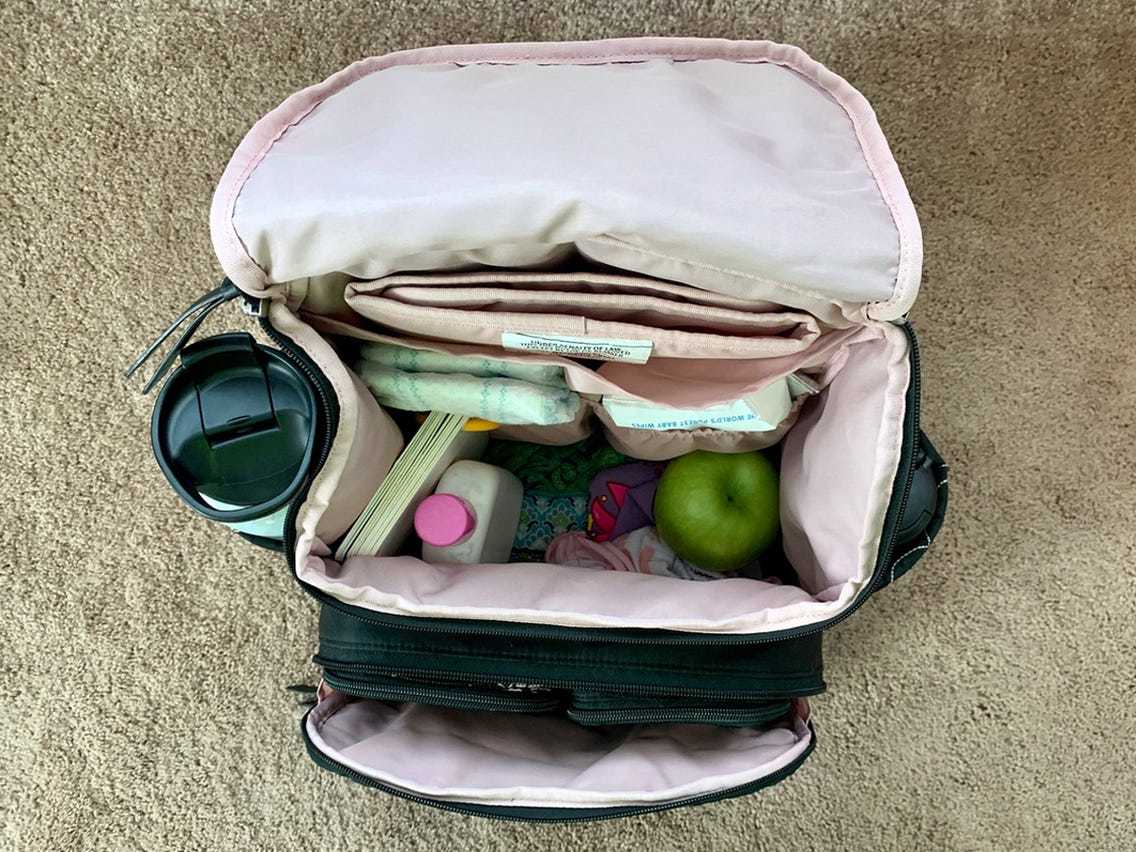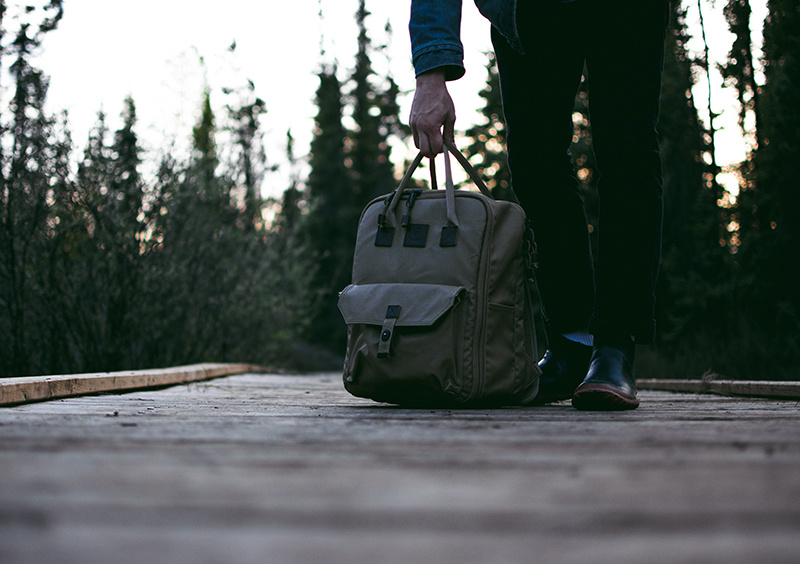NEWS
30
2023
-
03
Research Report on the Development of Luggage Manufacturing Industry in 2022-2026
Author:
Luggage manufacturing refers to the production activities of making all or most of leather, artificial leather, synthetic leather as materials, or plastic and textile fabrics as materials to make various kinds of suitcases, bags (bags) or other materials. According to the Industrial Classification and Code of National Economy (GB/T4754-2011) formulated by the National Bureau of Statistics, China classifies the luggage manufacturing industry into leather, fur, feathers and their products and leather products manufacturing (C192) in the shoemaking industry (code C19 of the National Bureau of Statistics), with a statistical level 4 code of C1922. According to the purpose, the luggage products can be divided into six categories: travel luggage, outdoor sports luggage, leisure luggage, business luggage, professional luggage and carry-on luggage.
Driven by the global economic development and market demand, China's luggage industry has developed rapidly in the past decade. The growing market demand has brought most of the luggage enterprises onto the track of rapid development. China's luggage industry has occupied a dominant position in the world. It is not only the global manufacturing center, but also the world's largest consumer market. As a big country producing and manufacturing bags in the world, China has tens of thousands of bag manufacturers, producing nearly one-third of the world's bags, and its market share cannot be underestimated.
From the perspective of business model, the domestic luggage market is highly competitive. The business model is mainly ODM/OEM, and the industrial chain is concentrated on upstream auxiliary materials and midstream OEM. The main market players of China's luggage manufacturing industry include processing manufacturers, professional manufacturers and brand operators. At present, China's luggage enterprises are mostly concentrated in processing manufacturers, which are generally small and numerous, with low added value of products and very fierce market competition. The professional manufacturers have a large scale, have certain R&D and design capabilities, and also retain their own brand products. Brand operators of luggage products mainly come from abroad, and master the R&D, design and sales links with the highest profit margin.
From the perspective of industry sales revenue scale, luggage is one of the sub-sectors of the main leather industry. According to the data released by China Leather Association, there are 1598 above-scale luggage enterprises in China, with a total sales revenue of 150.694 billion yuan, up 2.98% year on year.
The national environmental protection standard Technical Requirements for Environmental Labeling Products (HJ569-2010) came into force on July 1, 2011. This standard is formulated to implement the Environmental Protection Law of the People's Republic of China and reduce the impact of bags on the environment and human health during production and use.
This standard puts forward requirements for luggage products (limit of harmful substances in fabrics, hardware in contact with human skin, smell grade), production process, packaging of luggage production, prohibited substances in storage and transportation stage, etc. The standard specifies the terms and definitions, basic requirements, technical contents and inspection methods of environmental labeling products for luggage. This standard is applicable to bags made of textile fabrics, leather, polyurethane synthetic leather and other materials, and is applicable to the certification of China's environmental labeling products.
On January 21, 2011, the Ministry of Industry and Information Technology released 359 approved industrial standards, involving 64 light industry standards, and 9 standards related to the luggage industry, including luggage hardware fittings and locks; Luggage hardware accessories, case wheels; Luggage hardware accessories, case handle; Luggage hardware accessories, aluminum alloy profiles for boxes; Luggage hardware accessories, pull rod; bag back; Luggage and Suitcases; Test method for bags and drums; Polyurethane synthetic leather is used for bags and handbags.





